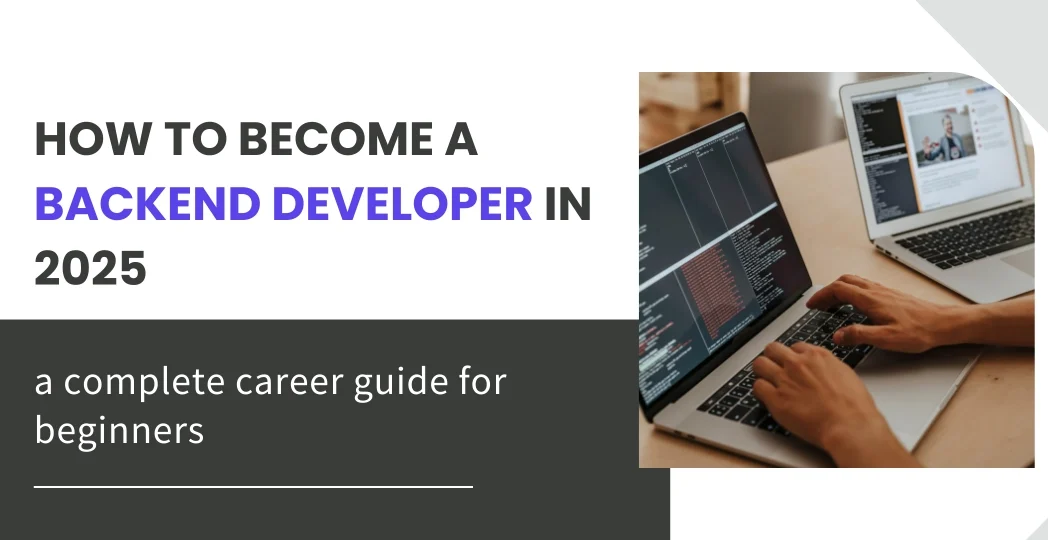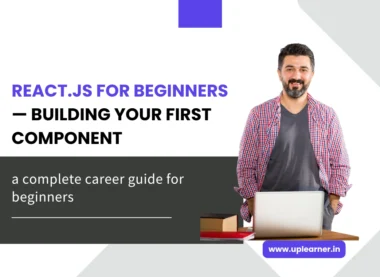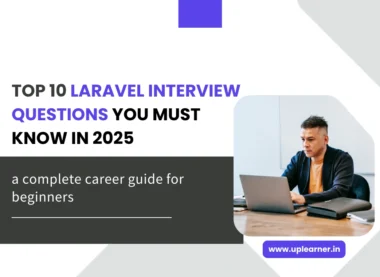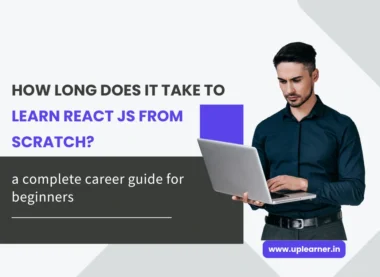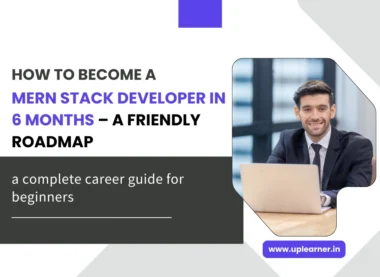Table of Contents
If you’re reading this because you want to know How to Become a Backend Developer, welcome — you’re asking the right question. This guide is written in plain, friendly English. I’ll walk you through the practical steps, the common mistakes to avoid, and the small projects that teach the most. Read it all the way through and you’ll have a clear, realistic path to follow.
What people really mean by “How to Become a Backend Developer”
When someone asks How to Become a Backend Developer, they usually want three things: a list of skills, a simple learning order, and proof they can show to employers. A Backend Developer is the person who builds and maintains the parts of a website or app that run on a server — saving and serving data, handling logins, sending responses to the user interface, and keeping everything secure and fast. You don’t need to know everything at once. You need steady practice, patience, and a few real projects.
Step 1 — Pick one language and learn it well
A common, friendly first step in answering How to Become a Backend Developer is to choose a single programming language. In 2025, many learners start with Python or Node.js (JavaScript). Both are easy to read and well supported. Pick one and get comfortable with variables, loops, functions, and basic data structures like arrays (lists) and dictionaries (objects). Don’t jump around — focus on one language until you can solve small problems without help.
Step 2 — Learn how the web actually works
Knowing a language is not enough. The next practical part of How to Become a Backend Developer is to learn how the web works: what HTTP requests are, what common status codes mean, and how the browser talks to a server. Build simple REST APIs with frameworks like Flask, Django, or Express. These small APIs will teach you how to accept input, validate data, and return JSON — the language the web uses to move data around.
Step 3 — Get comfortable with databases
A Backend Developer’s job is mostly about data. To answer How to Become a Backend Developer, learn one SQL database (like PostgreSQL) and one NoSQL database (like MongoDB). Practice creating, reading, updating, and deleting records. Learn how to design a basic schema for users, posts, or products. The ability to fetch and store data correctly is what separates beginners from more confident developers.
Step 4 — Deploy your work and learn cloud basics
One big milestone in How to Become a Backend Developer is to make your app available on the internet. Deploy at least one project using Heroku, Vercel, or a cloud provider. Learn to use Docker to package your app, and read a little about serverless or containers. Deploying teaches you about real-world problems like environment variables, connecting to managed databases, and reading logs when something breaks.
Step 5 — Understand architecture and common tools
As you grow, learn the difference between a monolith (one big app) and microservices (many small services). Practice using caching (Redis) to speed up responses and queues (like RabbitMQ or simple background jobs) for tasks that take a long time. These are the tools you will see in real jobs and they matter when you want to scale.
Step 6 — Don’t skip security and testing
If you want to know How to Become a Backend Developer that teams trust, learn basic security: password hashing, input validation, and how to avoid SQL injection. Also write tests — unit tests and integration tests — so you, and others, can change code safely. Good logging and readable errors help you fix problems faster and make your projects look professional.
Step 7 — Build and ship real projects (this matters most)
The single best way to answer How to Become a Backend Developer is to build real projects. Start with small, complete apps you can show:
- A To-Do app with user sign-in and sessions.
- A Blog API with posts, comments, and user profiles.
- A mini e-commerce flow: products, cart, and checkout.
Host your code on GitHub, write a clear README, and deploy the app live. If you used guided lessons, link to Our Courses in your README so interviewers can see your learning source — it shows you followed a plan and finished tasks.
Step 8 — Practice interviews and explain your work
When hiring teams ask “How to Become a Backend Developer?”, they look for clear thinking and real examples. Practice basic algorithm problems, a few database queries, and small system-design questions. Prepare a 5-minute demo of one project and write simple explanations for your resume. If you took Uplearner Courses, mention them as part of your study path — it helps recruiters understand how you learned.
A simple 6–12 month plan
- Months 1–2: Learn language basics.
- Months 3–4: Build small web apps and learn SQL.
- Months 5–6: Add APIs, authentication, and deploy one project.
- Months 7–9: Learn Docker, cloud basics, and testing; build a larger project.
- Months 10–12: Practice interviews, polish your portfolio, and apply for jobs.
Final, human-to-human advice
If your question is How to Become a Backend Developer, remember: slow steady work wins. Build more than you read. Show small but complete projects. Ask for feedback and don’t be afraid to break things — that’s how you learn. If you want structure, try a guided path like Our Courses, but always focus on making and deploying your own projects. Employers care most that you can solve problems and ship working code.


